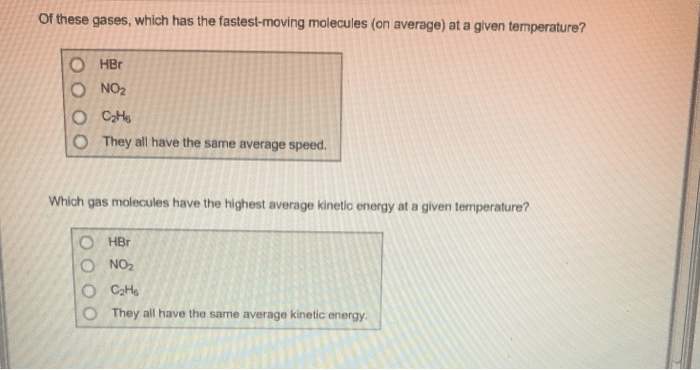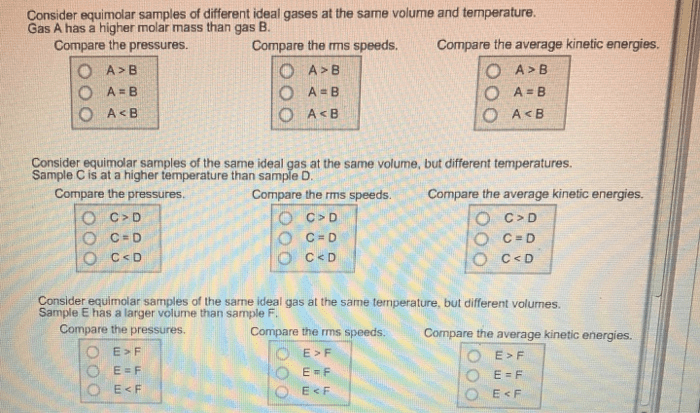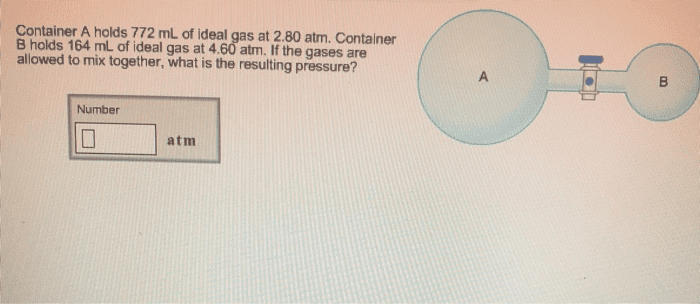CHEM1100 Lecture Notes - Lecture 14: Ideal Gas Law, Kinetic Energy, Ideal Gas

Lecture 14 - Ideal vs Real gases!
Difference between Ideal Gas Law and Kinetic Theory of Gases
•Ideal Gas Law - allows to predict gas behaviour based on macroscopic observations (changes
in pressure and volume !
•Kinetic Theory of Gases - predict the same behaviour on molecular basis!
Ideal gas
Kinetic energy !
This is the description of an ideal gas from a molecular perspective !
•gas molecules have a mass and velocity!
•therefore, they have kinetic energy !
•the energy of the molecule is related to the speed !
•The speed of the molecules change according to how many molecules are present!
Average kinetic energy
•is independent of the amount of gas at any given pressure and temperature!
Total kinetic energy
•is proportional to the amount of substance at any given pressure and temperature !
Real gases
Ideal gas behaviour (that says gases are not influenced by surrounding gases) does not exist at
very high pressures and low temperatures due to increasing intermolecular forces. !
!
Gases have less kinetic energy
Gases have more collisions
find more resources at oneclass.com
find more resources at oneclass.com

!
!
Van Der Waals Equation: Real gas formula !
The formula for real gases include the attractive and repulsive effects of intramolecular forces.
This is called the Van Der Waals Equation. !
a and b are both constants that
change depending on the
molecule !
For ideal gases, the
compression factor is 1. So if
the compression is always 1
independent of the pressure, It
is an ideal gas
find more resources at oneclass.com
find more resources at oneclass.com
Document Summary
Average kinetic energy: is independent of the amount of gas at any given pressure and temperature. Total kinetic energy: is proportional to the amount of substance at any given pressure and temperature. Ideal gas behaviour (that says gases are not in uenced by surrounding gases) does not exist at very high pressures and low temperatures due to increasing intermolecular forces. For ideal gases, the compression factor is 1. So if the compression is always 1 independent of the pressure, it is an ideal gas. The formula for real gases include the attractive and repulsive e ects of intramolecular forces. This is called the van der waals equation. a and b are both constants that change depending on the molecule. Intermolecular forces - forces that exist between molecules. Intramolecular forces - forces that hold molecules together. The distortion determines the amount of energy needed to break the bonds. Greater electron cloud > greater distortion > stronger bonds.





